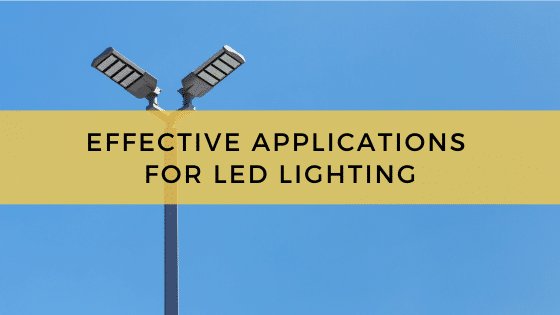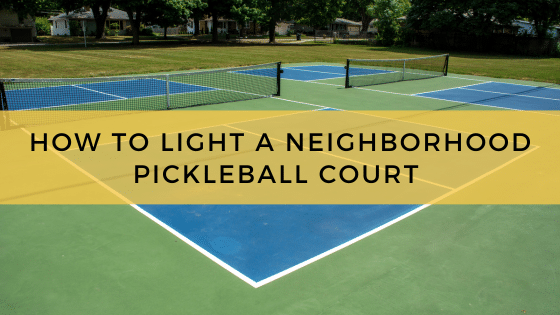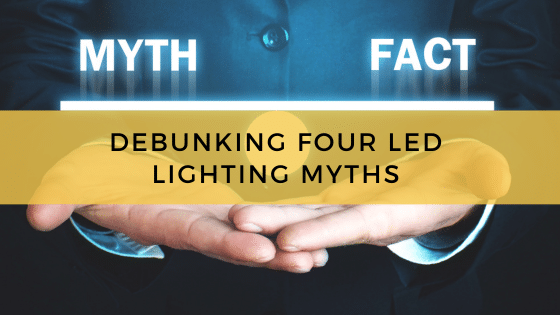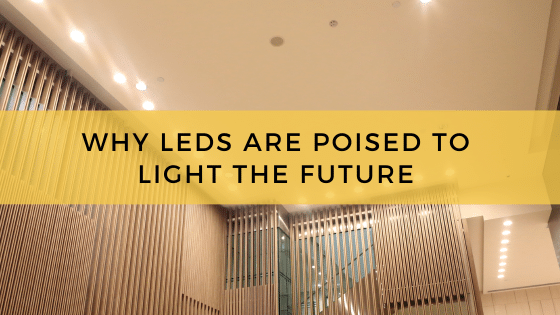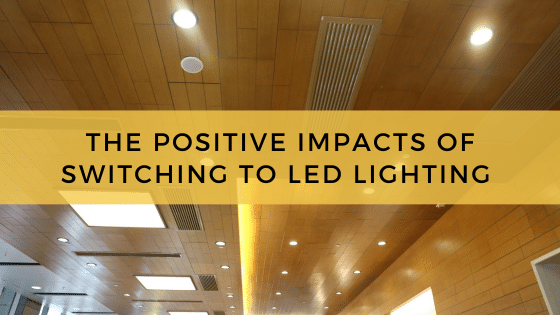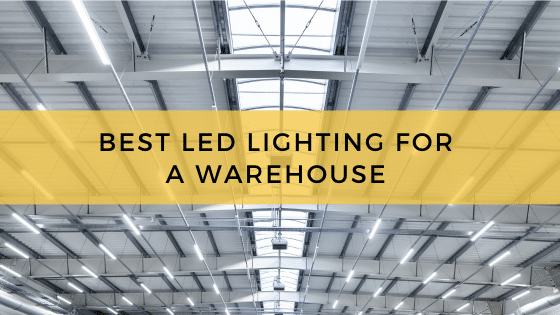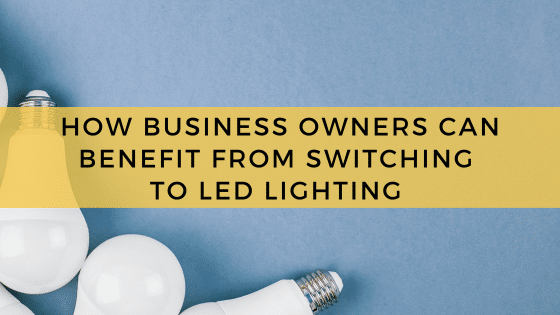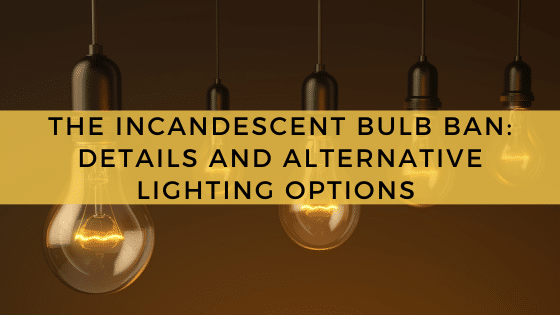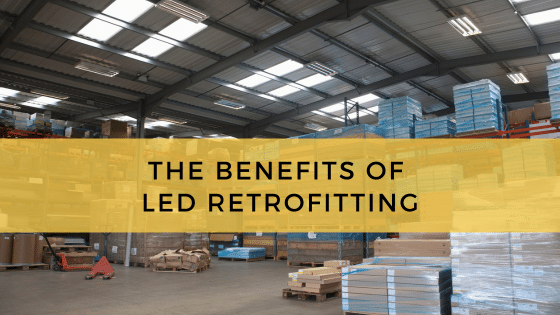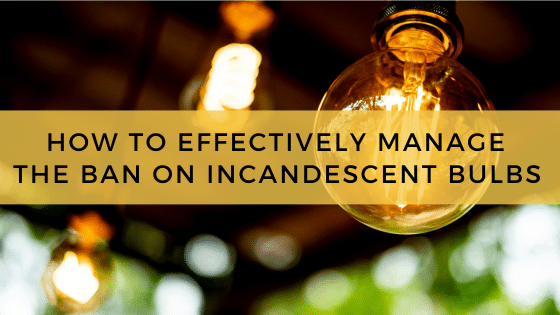
In 2007, a bipartisan effort was made to pass new lighting rules aimed at improving energy efficiency across the board. Named the Energy Independence and Security Act of 2007 (EISA), the regulations were set to go into effect by 2020 but were tabled by the administration of that time.
The current administration announced in April 2022 that the rules were back in force, scheduled to go in effect on August 1, 2023.
The new efficiency standards essentially ban incandescent bulbs from manufacture or sale, meaning the incandescent lightbulb’s century-long reign as lighting king is coming to an end.
Here, we’ll address what the new rules include and how consumers can seamlessly make the switch from incandescent lighting technology.
What is Banned Under the New Lighting Efficiency Rules?
The new regulations establish two new rules. One is an updated definition of general service lamps – a catch-all term for lights with a screw-in base and those that operate with certain voltages. This includes almost all residential lights and many commercial lamps. The other rule establishes efficiency standards for lighting products. Specifically, new bulbs must output a minimum of 45 lumens per watt.
Incandescent lights only produce about 15 lumens per watt, on average. That means incandescent bulbs can no longer be produced or sold. Consumers are not required to throw their incandescent bulbs out and may continue to use them as long as they work.
Using the updated rule for general service lamps, the following lamps are not included in the ban:
- Colored lamps (Christmas lights)
- Infrared lamps
- Plant and grow lights
- Flood lights
- Reflector lights
- Black lights
- Bug lamps
- Appliance lights
- Traffic signals
There are a few more exceptions for exotic fixtures, but for homeowners and facility managers, the important point is that most residential and commercial incandescent bulbs are now off the market.
Why are Incandescent Lightbulbs Now Banned?
The Department of Energy (DOE) is spearheading the regulatory rollout, and its justification for the ban is two-fold:
- Reducing consumer utility costs – The DOE estimates that the switch from incandescent lighting to energy efficient lighting (LED bulbs) will cut consumer utility bills to a massive degree. The department’s estimate is approximately $3 billion every year – savings that home and business owners can both capture.
- Reducing carbon emissions – The second reason is environmental. By transitioning to energy efficient lighting, the DOE expects to remove close to 222 million metric tons of carbon from the air over the next 30 years.
Will Future Regulations Ban Other Types of Lighting?
Resurrecting EISA is likely just the first step in a march toward tighter lighting efficiency standards. In fact, there’s a tougher efficiency standard set to take effect at the end of 2024. This standard will raise the lumen-to-watt ratio required from 45 to 120. In other words, any lights manufactured following 2024 will need to be almost three times as energy efficient, at the minimum.
That means CFL bulbs will be phased out starting then. If your building runs on CFLs, it’s time to start planning a transition. Other fluorescent fixtures – T12 tubes, for example – are also being phased out by the DOE, so any fluorescent-heavy system will need an alternative fairly soon.
LED Lightbulbs Are the Energy Efficient Alternative to Incandescent Bulbs
Whether replacing incandescent or fluorescent bulbs, LEDs are the frontline replacement in most applications. In fact, LED lighting solutions are found in more commercial buildings than any other lighting technology – a trend that continues to grow.
Here is why LEDs represent the future of residential and commercial lighting:
- Compatibility with toughening efficiency standards – LED lights are the most energy efficient on the market, which means they are the most compatible with emerging efficiency regulations. Some current-generation LED lights can output 120 lumens or more per watt, and these ultra-high-efficiency bulbs are not just compatible with EISA, they are efficient enough for the next round of standards coming in 2024. In short, LEDs are as future proof as lighting gets these days.
- Unmatched operating costs – LED’s superior energy efficiency can be a source of huge cost savings. Compared to incandescent lights, LEDs require about 20 percent of the energy to produce the same amount of illumination.
Further, LEDs last much longer than all other lighting options. An incandescent bulb, for example, provides about 1,000 hours of light before it needs to be replaced. A fluorescent lamp performs for about 20,000 hours before it reaches the end of its useful life.
An LED bulb will last for 50,000 hours or more before failure is a concern. That means fewer replacements, reduced replacement costs, and lower maintenance overhead. Combine this with better energy efficiency and LEDs are the cost-effective choice.
- High-quality, high-performance lighting – The concern with early LEDs was that they could not match incandescent, halogen or metal halides in terms of brightness and lighting quality. That was then, this is now, and LEDs now offer comparable – or superior – illumination quality compared to other options.
LEDs are available in a range of color temperatures, including incandescent-like warm hues. They are also available in high lumen builds perfect for commercial or exterior applications. And LED light is characterized by its even metering and excellent color rendering.
Its flawless lighting quality means LEDs can be trusted in any application, including industrial or exterior applications where long-distance visibility and safety are paramount.
- Better versatility – LEDs have been adapted for almost every lighting application out there, and this is only the beginning for the technology. Right now, engineers are working on never-seen-before fixture options that only LEDs can be used with. For example, there’s a near future where LED lights are integrated into clothing and household surfaces, which gives designers a whole new repertoire of lighting tools.
- Lower environmental impact – LEDs possess a lower environmental footprint compared to older lighting technologies. Their energy efficiency is the primary reason why, but it’s not the only reason. LED fixtures are safe and nontoxic enough that they can be disposed of in a general waste stream, without fear of environmental contamination. That is not the case with fluorescents, for instance, which contain enough mercury to pose a health hazard to people and other living things.
Even if incandescent and fluorescent bulbs were not being targeted by regulators, there would still be several compelling reasons to adopt LED lighting. Now that older lighting technologies are being phased out, though, there’s additional pressure for late adopters to make the switch.
Stay Ahead of the Regulatory Curve with LED Lights
The reinstatement of EISA and the incoming 2024 efficiency standards make one thing clear – lighting standards are only going to get tougher. In response to this, many businesses have already integrated LED lighting into their facilities. For those lagging behind, time is running out.
Fortunately, switching to LED lighting is easier than it used to be, as LED retrofit solutions are widely available and can be used in nearly any application.
If your facilities are in need of an LED upgrade, but your organization cannot invest in a from-scratch lighting solution, LED retrofits are a cost-effective alternative that offer all the benefits of LED – including compliance with efficiency standards – at a budget-friendly entry point. A trusted lighting expert can walk their clients through the retrofit process, survey the facility’s existing lighting infrastructure, and recommend the most effective options.

